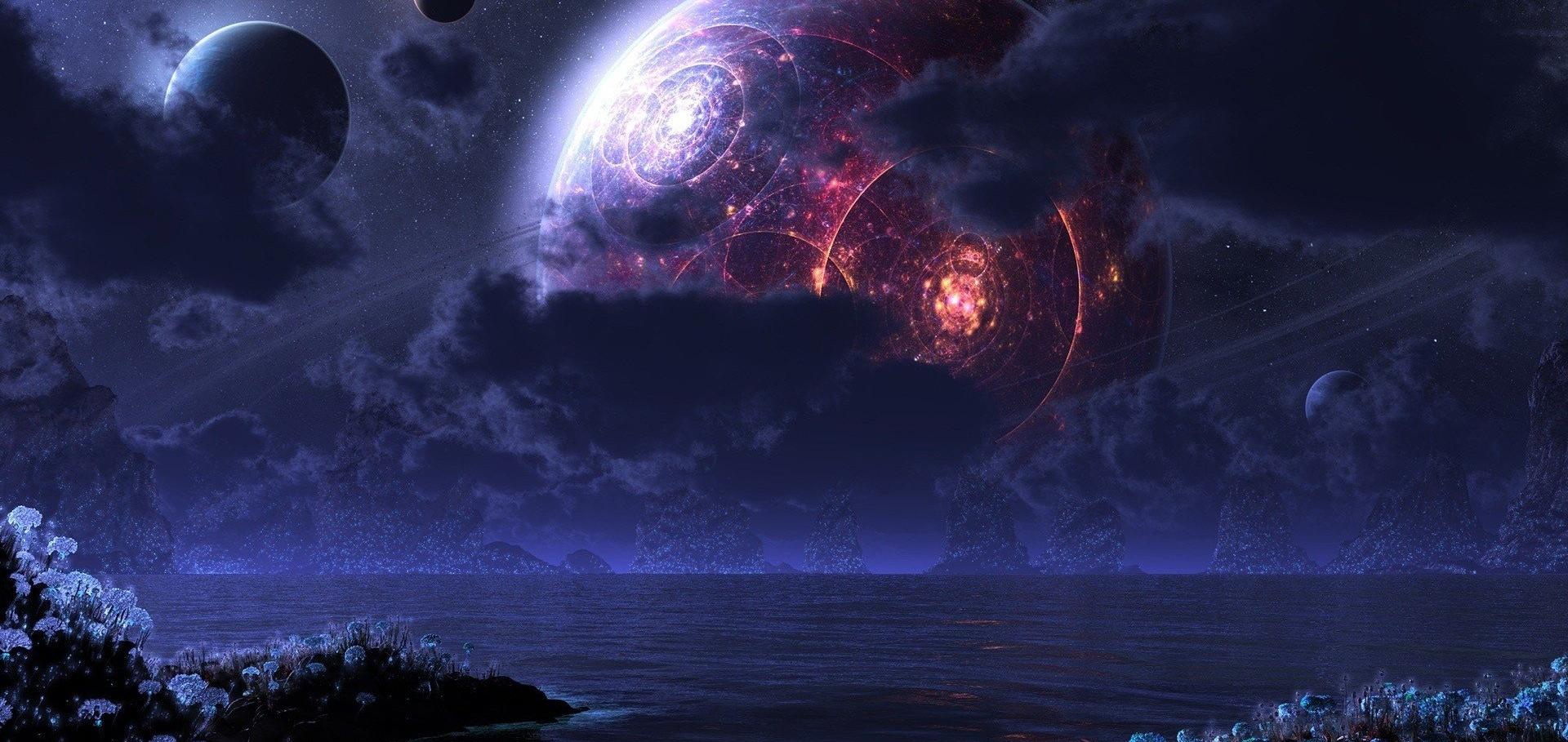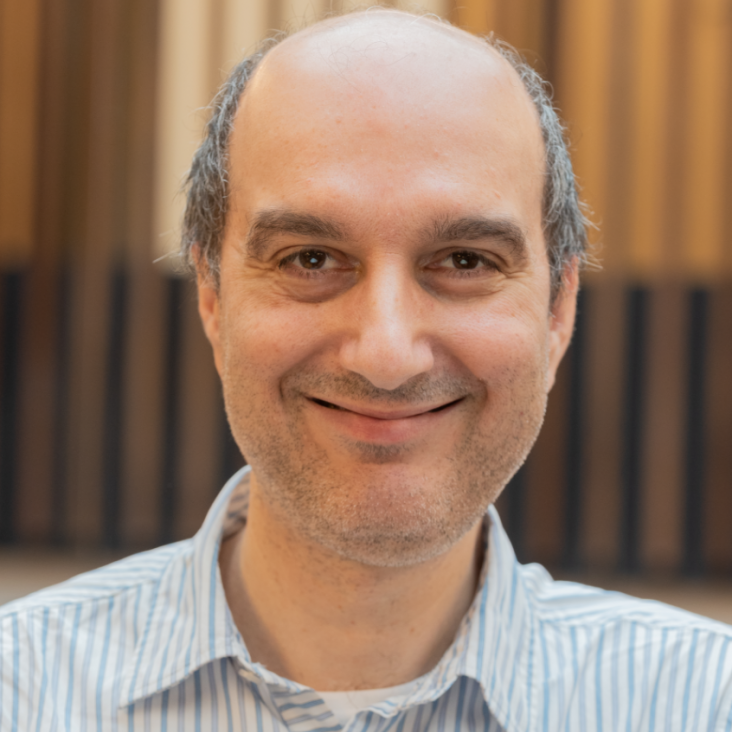Experimental characterization of a strongly coupled solid density plasma generated in a short-pulse laser target interaction
Contributions to Plasma Physics 45:3-4 (2005) 284-292
Abstract:
We have measured high resolution copper Kα spectra from a picosecond high intensity laser produced plasma. By fitting the shape of the experimental spectra with a self-consistent-field model which includes all the relevant line shifts from multiply ionized atoms, we are able to infer time and spatially averaged electron temperatures (TLaboratory Simulations of Supernova Shockwave Propagation
Chapter in High Energy Density Laboratory Astrophysics, Springer Nature (2005) 61-67
Blue and green light? Wavelength scaling for NIF
Inertial Fusion Sciences and Applications 2003 (2004) 223-227
Abstract:
Use of the National Ignition Facility to also output frequency-doubled (.53μm) laser light would allow significantly more energy to be delivered to targets as well as significantly greater bandwidth for beam smoothing. This green light option could provide access to new ICF target designs and a wider range of plasma conditions for other applications. The wavelength scaling of the laser plasma interaction physics is a key issue in assessing the green light option. Wavelength scaling theory based on the collisionless plasma approximation is explored, and some limitations associated with plasma collisionality are examined. Important features of the wavelength scaling are tested using the current experimental data base, which is growing. It appears that, with modest restrictions, .53μm light couples with targets as well as .35μm light does. A more quantitative understanding of the beneficial effects of SSD on the interaction physics is needed for both .53μm and .35μm light.Electronic structure measurement of solid density plasmas using x-ray scattering
Inertial Fusion Sciences and Applications 2003 (2004) 902-906
Abstract:
We present an improved analytical expression for the x-ray dynamic structure factor from a dense plasma which includes the effects of weakly bound electrons. This result can be applied to describe scattering from low to moderate Z plasmas, and it covers the entire range of plasma conditions that can be found in inertial confinement fusion experiments, from ideal to degenerate up to moderately coupled systems. We use our theory to interpret x-ray scattering experiments from solid density carbon plasma and to extract accurate measurements of electron temperature, electron density and charge state. We use our experimental results to validate various equation-of-state models for carbon plasmas.Experimental studies of simultaneous 351 nm and 527 nm laser beam interactions in a long scalelength plasma
Inertial Fusion Sciences and Applications 2003 (2004) 218-222


